Coastal drives offer unparalleled opportunities to experience the raw power and beauty of meeting land and sea, where dramatic cliffs, crashing waves, and endless horizons create ever-changing landscapes that evolve with weather, season, and time of day. These routes combine the freedom of the open road with some of nature’s most spectacular displays, providing intimate access to coastlines that would be impossible to experience from land or boat alone.
The best coastal drives balance engineering marvels with natural preservation, creating ribbons of asphalt that enhance rather than diminish the landscapes they traverse. From rugged Northern California cliffs to Mediterranean coastal highways, these routes showcase the planet’s most stunning meeting points of land and ocean.
Here is a list of 15 coastal drives that deliver truly dramatic scenery for adventurous road trippers.
Pacific Coast Highway
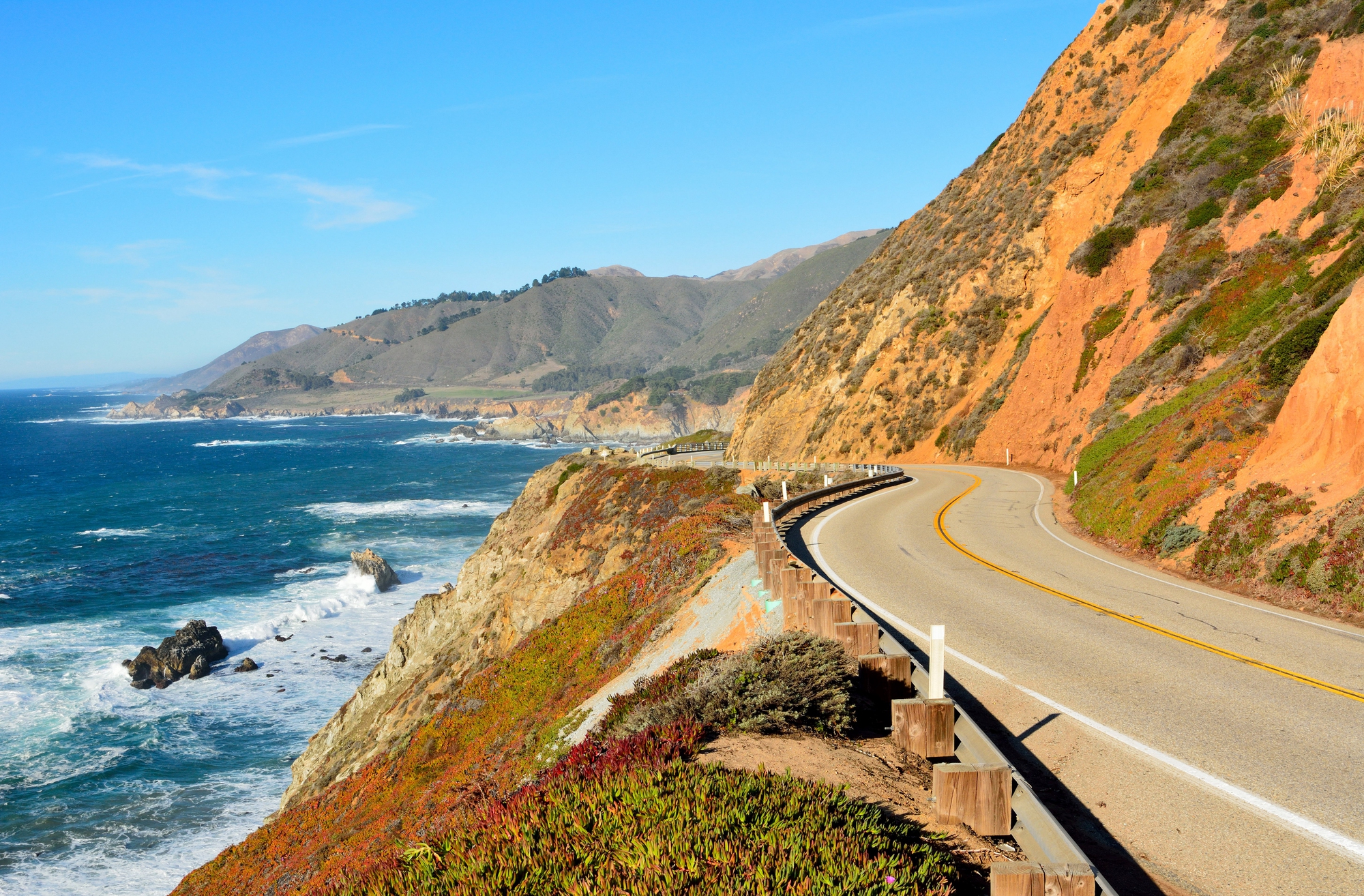
Highway 1 through Big Sur represents America’s most iconic coastal drive, winding 90 miles through landscapes so dramatic that the road itself required decades to complete due to engineering challenges posed by unstable cliffs and frequent landslides. The highway clings to precipitous slopes 1,000 feet above crashing Pacific waves, with pullouts offering views that encompass endless ocean horizons broken only by rocky sea stacks and migrating whale spouts.
Bixby Creek Bridge creates one of the world’s most photographed driving experiences, its concrete arch spanning a canyon where redwood forests meet ocean spray. The route passes through state parks protecting old-growth forests, with hiking trails leading to waterfalls that plunge directly into tidal pools below.
Great Ocean Road

Australia’s 150-mile coastal highway west of Melbourne showcases the Southern Ocean’s power through limestone formations like the Twelve Apostles, where massive sea stacks rise from churning waters that continue uninterrupted to Antarctica. The road curves through eucalyptus forests before emerging onto clifftops, where visitors can observe the ongoing geological processes that carved this dramatic coastline over millions of years.
Shipwreck Coast earned its name from the numerous vessels that foundered on hidden reefs, with lighthouse stations still marking dangerous passages where early settlers attempted to navigate treacherous waters. Local wildlife includes koalas sleeping in roadside trees and echidnas crossing the highway, creating authentic Australian encounters that complement the dramatic seascapes.
Like Travel Pug’s content? Follow us on MSN.
Ring of Kerry
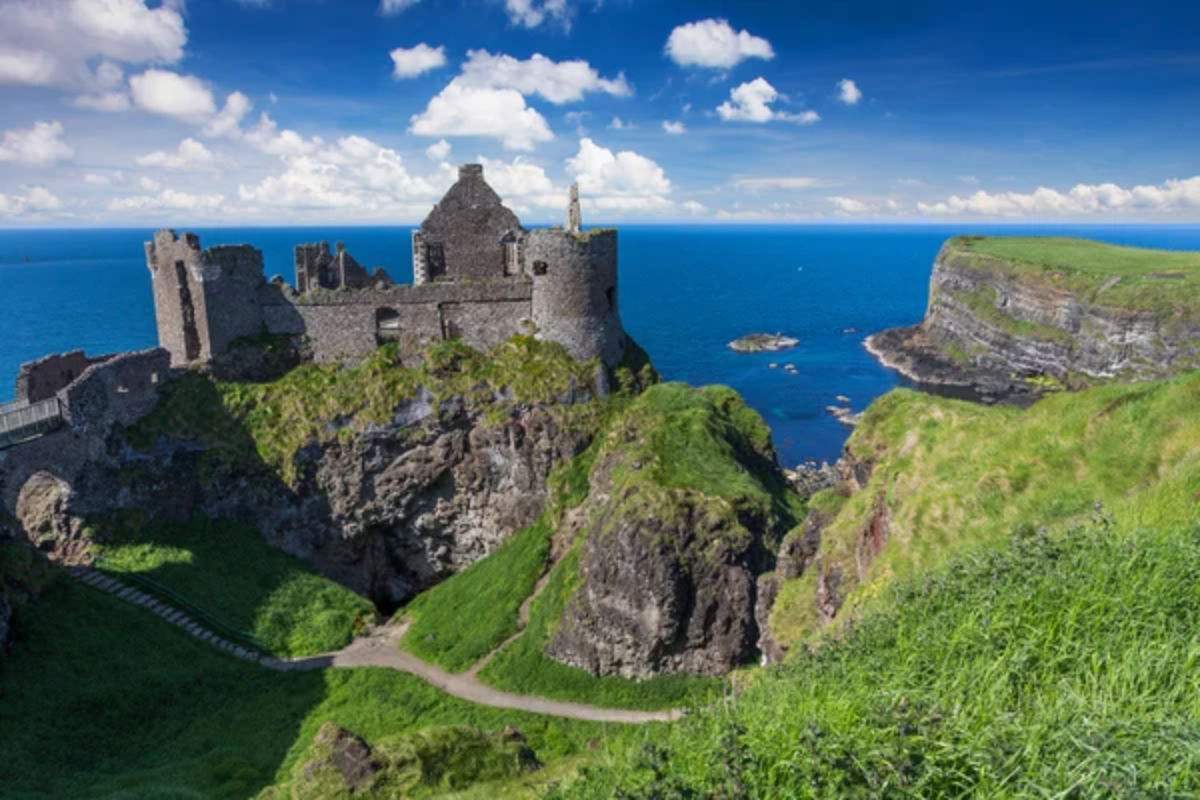
Ireland’s Iveragh Peninsula offers 110 miles of coastal driving through landscapes that shift from sandy beaches to rocky headlands to misty mountains that seem to emerge directly from the Atlantic Ocean. Ancient stone circles and medieval castles appear around coastal curves, creating a historical context for landscapes that have remained largely unchanged since Celtic times.
The route passes through traditional Irish villages where colorful houses face the sea, and local pubs serve fresh seafood caught by fishermen who still use traditional methods passed down through generations. Weather changes rapidly along this route, with dramatic storms alternating with brilliant sunshine that illuminates the famous ‘forty shades of green’ that characterize the Irish countryside.
Amalfi Coast

Italy’s 43-mile coastal highway between Sorrento and Salerno ranks among the world’s most challenging and beautiful drives, with narrow roads carved into volcanic cliffs that plunge directly into the Mediterranean Sea. Medieval towns like Positano cascade down mountainsides in terraces of pastel-colored houses that seem to defy gravity, connected by staircases and footpaths that predate automobile access.
Lemon groves and olive orchards occupy every available ledge, demonstrating centuries of agricultural ingenuity that maximized the productive use of vertical terrain. The route requires careful attention to driving due to frequent switchbacks and tourist buses, but pullouts provide opportunities to photograph some of Europe’s most iconic coastal scenery.
Oregon Coast Highway

US Route 101 traverses Oregon’s entire 400-mile coastline, showcasing Pacific Northwest maritime forests, dramatic rock formations, and expansive beaches that remain largely undeveloped due to progressive conservation policies. Haystack Rock at Cannon Beach creates one of the coast’s most recognizable landmarks, a 235-foot monolith that serves as a habitat for diverse marine life accessible during low tides.
The highway passes through temperate rainforests where Sitka spruce and Douglas fir grow within sight of ocean waves, creating ecosystems found nowhere else on Earth. Frequent coastal fog creates mystical driving conditions where the landscape appears and disappears like scenes from maritime folklore.
Like Travel Pug’s content? Follow us on MSN.
Wild Atlantic Way
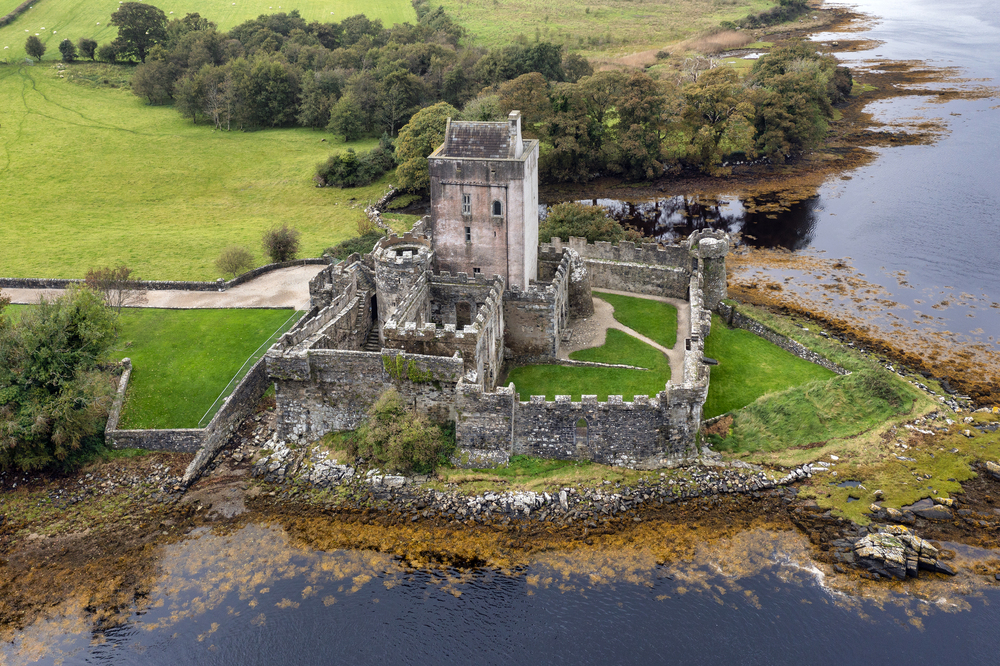
Ireland’s 1,500-mile coastal route represents one of the world’s longest-defined coastal drives, encompassing everything from gentle sandy beaches to terrifying cliff faces where Atlantic storms display nature’s raw power. The Cliffs of Moher rise 700 feet above churning waters, providing nesting sites for thousands of seabirds while offering visitors vertigo-inducing views of coastline stretching to the horizon.
Traditional Irish culture remains vibrant along this route, with Gaelic still spoken in some communities and traditional music sessions occurring in seaside pubs throughout the year. Ancient archaeological sites, including Neolithic tombs and medieval monasteries, demonstrate continuous human habitation along these coasts for over 5,000 years.
Garden Route

South Africa’s coastal highway between Cape Town and Port Elizabeth passes through diverse ecosystems, including fynbos vegetation, indigenous forests, and pristine beaches where penguins waddle alongside human sunbathers. The route includes bungee jumping opportunities at Bloukrans Bridge, whale watching from clifftop vantage points, and ostrich farming regions that demonstrate South Africa’s unique agricultural adaptations.
Traditional fishing villages maintain cultural practices that blend African, Dutch, and British influences, creating distinctive South African coastal communities. The highway provides access to private game reserves where elephants roam within sight of ocean waves, creating uniquely African wildlife viewing opportunities.
North Coast 500
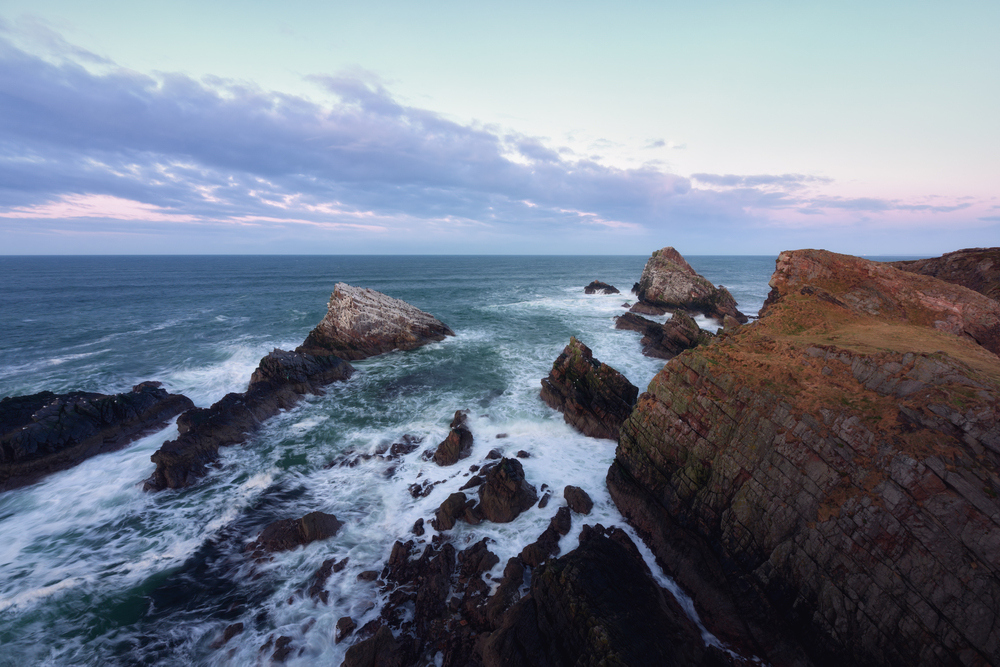
Scotland’s Highland coastal loop covers 516 miles of dramatic coastline where ancient mountains meet the North Atlantic, creating landscapes that inspired countless Scottish legends and literary works. The route passes through regions where Gaelic culture survives in remote communities that maintain traditional Highland customs, including crofting agriculture and Highland games competitions.
Dramatic weather changes rapidly along this route, with brilliant sunshine alternating with Highland storms that demonstrate why Scottish weather has achieved international notoriety. The highway provides access to whisky distilleries that utilize local peat and mountain water, creating opportunities to taste beverages that capture the essence of Highland terroir.
Like Travel Pug’s content? Follow us on MSN.
Cabot Trail

Nova Scotia’s Cape Breton Island features a 185-mile coastal loop through Acadian and Celtic communities that maintain distinct cultural traditions within dramatic coastal landscapes. The route climbs through Cape Breton Highlands National Park, where mountains rise directly from the Atlantic Ocean, and moose frequently cross the highway in full view of passing motorists.
French Acadian villages preserve traditional maritime culture, including lobster fishing techniques and folk music traditions that survived forced deportation in the 18th century. Celtic influences appear in Highland dancing and bagpipe music performed in communities where Scottish Gaelic was spoken until recent decades.
Hana Highway

Maui’s infamous coastal route requires navigating 620 curves and 59 bridges along 52 miles of road that clings to volcanic cliffs overlooking Pacific waters of impossible blue intensity. The highway passes through tropical rainforests where waterfalls plunge into pools accessible via short hiking trails, creating opportunities for swimming in mountain streams within sight of ocean waves.
Traditional Hawaiian culture remains visible in taro farms and ancient heiaus (temples) that demonstrate continuous Polynesian habitation of these islands for over 1,000 years. The route terminates in Hana town, where traditional Hawaiian life continues at a pace that predates modern tourism development.
Great Surmount Drive
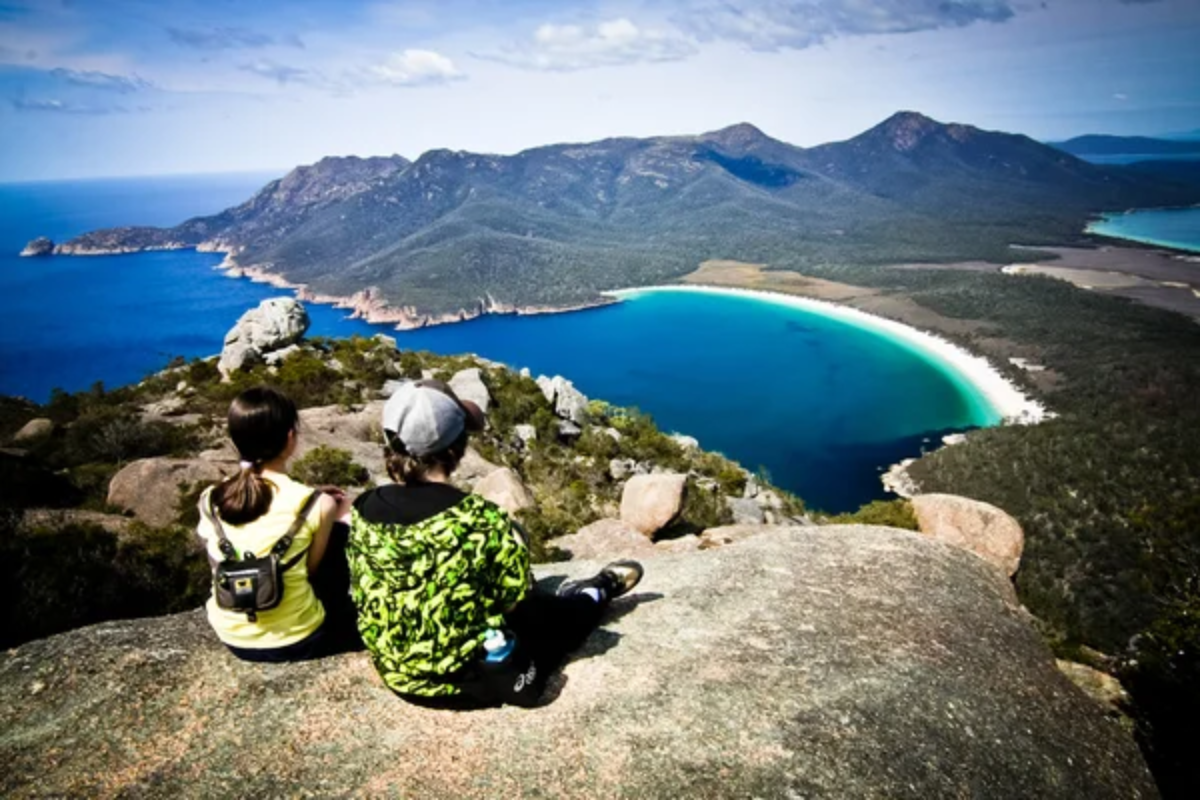
Tasmania’s remote coastal highway showcases temperate rainforests and pristine beaches where Tasmanian devils and other endemic species survive in ecosystems that disappeared elsewhere in Australia. The route passes through regions where Aboriginal cultural sites demonstrate 40,000 years of continuous habitation by indigenous Australians who developed sophisticated environmental management techniques.
Dramatic weather patterns create rapidly changing coastal conditions, with Antarctic winds alternating with temperate calm that allows subtropical vegetation to flourish in protected valleys. The highway provides access to wilderness areas where visitors can experience Australian landscapes that remain virtually unchanged from pre-European times.
Like Travel Pug’s content? Follow us on MSN.
Atlantic Road

Norway’s engineering marvel connects small islands via a series of bridges that seem to leap from wave to wave across the North Atlantic, creating driving experiences where the distinction between road and sea becomes blurred. The route passes through fishing communities where traditional Norwegian maritime culture continues despite modern economic pressures that have affected coastal communities throughout Scandinavia.
Dramatic weather conditions, including Arctic storms, create driving challenges that test both vehicle and driver, but clear days provide views of the midnight sun during summer months and northern lights during winter. The bridges themselves have become tourist attractions, with their curved designs creating optical illusions that make approaching vehicles appear to drive directly into the sky.
Blue Ridge Parkway

Virginia and North Carolina’s mountain highway includes coastal sections where the Appalachian Mountains meet the Atlantic Coastal Plain, creating unique ecosystems that support both mountain and coastal species. The parkway passes through regions where traditional Appalachian culture maintains bluegrass music traditions and craftwork techniques that predate industrial development.
Seasonal changes create dramatically different driving experiences, from spring wildflower displays to autumn foliage that attracts photographers from around the world. The route includes numerous hiking trails that lead to waterfalls and mountain peaks, where panoramic views encompass both mountain ridges and distant coastal plains.
Coastal Highway 1

Chile’s northern coastal highway traverses the Atacama Desert, where it meets the Pacific Ocean, creating landscapes so otherworldly that they’re used as stand-ins for Mars in science fiction films. The route passes through regions where indigenous communities maintain traditional fishing techniques using reed boats that predate Inca civilization.
Dramatic geological formations include sea cliffs carved from volcanic rock and desert landscapes that receive no measurable precipitation for years at a time. The highway provides access to astronomical observatories that take advantage of clear desert skies, creating opportunities to combine coastal driving with world-class stargazing experiences.
Like Travel Pug’s content? Follow us on MSN.
Overseas Highway

Florida’s unique coastal drive connects the Keys via 42 bridges that span the open ocean, creating the sensation of driving directly across the sea toward the Caribbean. The route passes through ecosystems where tropical species reach their northernmost range limits, creating unique Florida environments that exist nowhere else in the continental United States.
Traditional Conch Republic culture maintains Caribbean influences, including architectural styles and culinary traditions that reflect the Keys’ historical connections to Cuba and the Bahamas. The highway terminates in Key West, where sunset celebrations and maritime traditions continue practices that began during the golden age of Caribbean piracy and salvage operations.
Roads That Touch the Infinite

These coastal drives demonstrate humanity’s persistent desire to create pathways along the planet’s most dramatic and challenging landscapes, proving that the journey can be as rewarding as any destination when roads are designed to enhance rather than diminish natural beauty. The engineering achievements required to build these highways often rival the natural wonders they access, creating human-made landmarks that complement rather than compete with geological masterpieces.
Whether seeking solitude, adventure, or simply the meditative experience of watching landscapes unfold through a windshield, these coastal routes provide transformative travel experiences that remind drivers of the planet’s incredible diversity and enduring power to inspire wonder.
More from Travel Pug

- 20 Best Beach Towns in the Carolinas
- 13 Destinations Where Tourists Regularly Regret Their Trip
- 20 Destinations That Are More Magical Without an Itinerary
- 20 Underrated Adventures That Belong on Your Travel List
- 20 Cities Where You Should Just Wing It, No Planning Required
Like Travel Pug’s content? Follow us on MSN.N.
